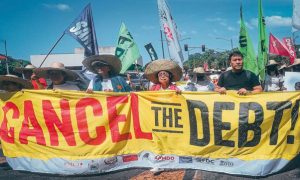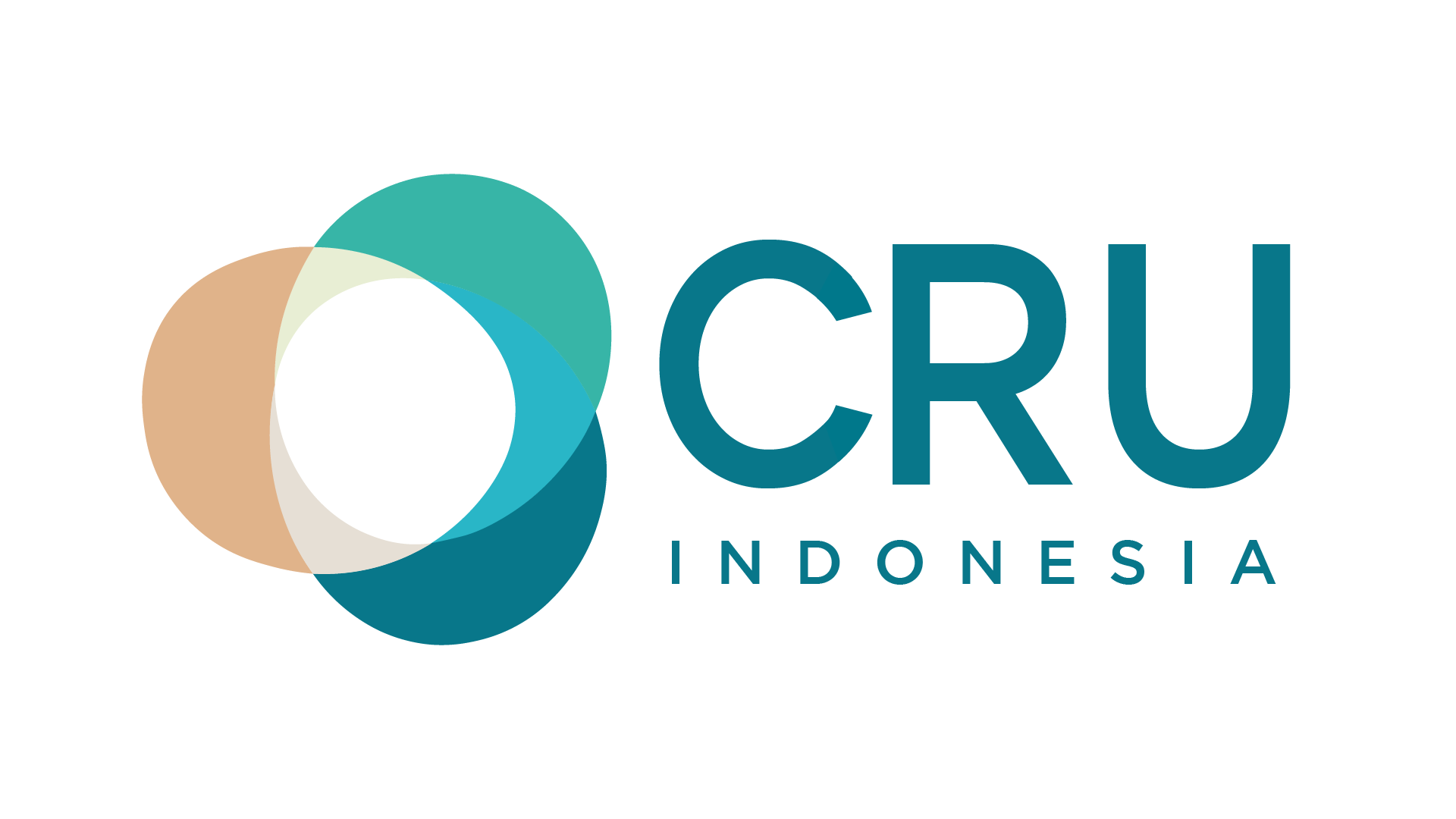Developing Countries are Being Choked by Debt: This Could be the Year of Breaking Free
 9 Januari 2025
9 Januari 2025

Credit: Asian Peoples’ Movement on Debt and Development (APMDD)
By Ben Phillips
BANGKOK, Thailand, Jan 9 2025 (IPS)
The debt disaster is back. Indeed, the aid agency Cafod reports that developing countries today face “the most acute debt crisis in history”.
At least 54 countries are in a debt crisis – more than double the number in 2010. A further 57 countries are at risk of debt crisis. In the past decade, interest payments for developing countries overall have risen by 64%, and for Africa by 132%.
African countries are paying over 100 billion dollars a year to creditors. The share of African countries’ budgets going on debt payments is four times higher than in 2010.
Net finance flows to developing countries are now negative – that is, debt service repayments are now higher than inflows to governments.
“It’s time to face the reality,” says World Bank Chief Economist Indermit Gill. “The poorest countries facing debt distress need debt relief if they are to have a shot at lasting prosperity. Private creditors ought to bear a fair share of the cost when the bet goes bad.”
“Debt is choking the countries of the Global South,” says the Anglican Archbishop of Cape Town Thabo Makgoba, “denying us what we need for health and education. Please, let us breathe!”
The scale of the crisis has not shocked world leaders into action, however. So far, the G20 debt restructuring mechanisms have come nowhere close to what is needed.
The recurrence of the debt crisis is even cynically held up as a reason not to resolve it. “They got debt forgiven in 2000,” goes the mantra, “now they are back, which means it failed and there is no helping them.”
It’s a false narrative that deliberately ignores two key points: first, that the debt cancellation secured by the broad Jubilee 2000 movement saved and transformed millions of lives, including affected countries switching from most children not completing primary school to most children completing; secondly, that the reforms needed to prevent a recurrence of catastrophic debt payment levels have been held up by creditors.
But being untrue hasn’t taken away the power of the “debt cancellation failed” story for excusing and enabling inaction.
Debt restructuring has continued to be a painfully slow, ad hoc process, dominated by rich countries and dependent on persuading creditors. That’s not a bug, it’s feature. It’s not surprising that private lenders, who today make up the largest share of creditors of affected countries’ debt, have obstructed efforts to resolve the crisis: without sufficient compulsion that is what they will continue to do.
It seems almost unnecessary to add that we have now entered an era where anything requiring multilateral cooperation has gotten even harder. And yet, 2025 also brings two powerful reasons for hope.
First, the moment.
As the first ever African chair of the G20, South Africa has seized the opportunity to lead an intergovernmental push for action on debt, successfully bringing it to the core of global economic diplomacy. The South African G20 presidency has set out a bold agenda that prioritises tackling what they name in frank terms as the “crippling sovereign debt levels that force many countries to sacrifice their developmental obligations to service unmanageable debts”.
South Africa has set out what would be transformative frame for G20 delivery: “We must take action to ensure debt sustainability for low-income countries. A key obstacle to inclusive growth in developing economies is an unsustainable level of debt which limits their ability to invest in infrastructure, healthcare, education and other development needs”.
“South Africa will seek to advance sustainable solutions to tackle high structural deficits and liquidity challenges and extend debt relief to developing economies. South Africa will also seek to ensure that the sovereign credit ratings are fair and transparent and to address high risk premiums for developing economies. Key to addressing the debt question is dealing with the Cost of Capital.”
Second, the movement.
Intergovernmental diplomacy alone, however well played, can never break through the power imbalances of global finance. The resolution of the debt crisis needs a determined and organized mass movement of people. This movement is rising.
Amongst those who are coming together in the broad Jubilee 2025 movement are civil society organisations from climate justice marchers to human rights activists, trade unions from every sector and every part of the world, and artists raising their voices to demand the breaking of the chokehold of debt.
At the heart of the Jubilee 2025 movement are the faith communities, who were also at the heart of Jubilee 2000. As the Jubilee name signifies, debt cancellation is not a mere technical economic issue, it is a moral one, with deep roots in biblical traditions and in ethical understandings of the common good.
“We urgently need a new debt Jubilee,” leaders of diverse faiths from across Africa declared in their joint call to action, “to bring hope to humankind, and bring the planet back from the brink.” Faith communities combine deep local organising and wide global networking, mobilise in the Global South and Global North amongst the most excluded and amongst the better off, and have proven to be especially hard for decision-makers to ignore.
A moment of hope, powered by a movement of hope. Debt distress need not be destiny. This is not a prediction that the campaign on debt will succeed, but rather an assessment that it has a fighting chance. “More than a question of generosity,” Pope Francis declared in his Papal Bull for 2025, debt cancellation is “a matter of justice.”
Notably, he titled the document Spes non confundit – “Hope does not disappoint.”
Ben Phillips is the author of How to Fight Inequality.
IPS UN Bureau
